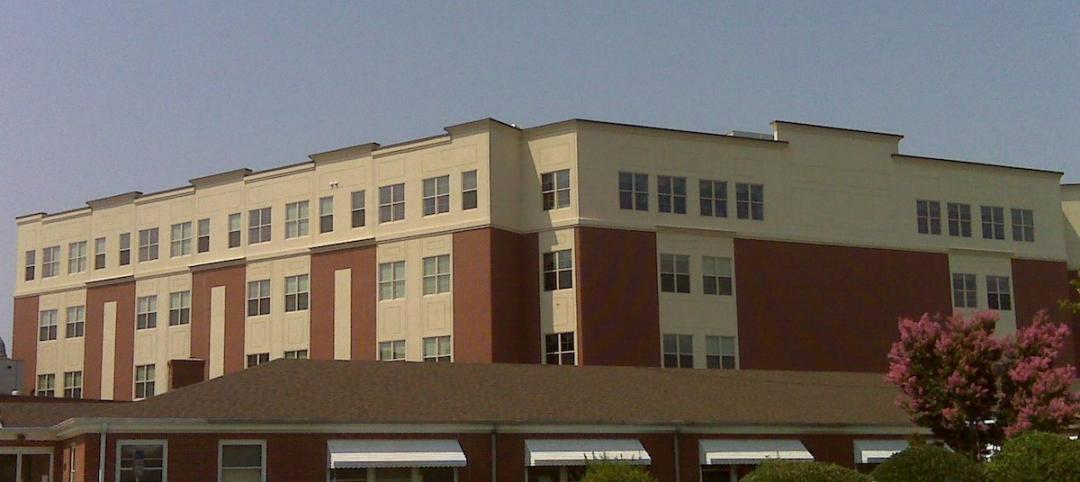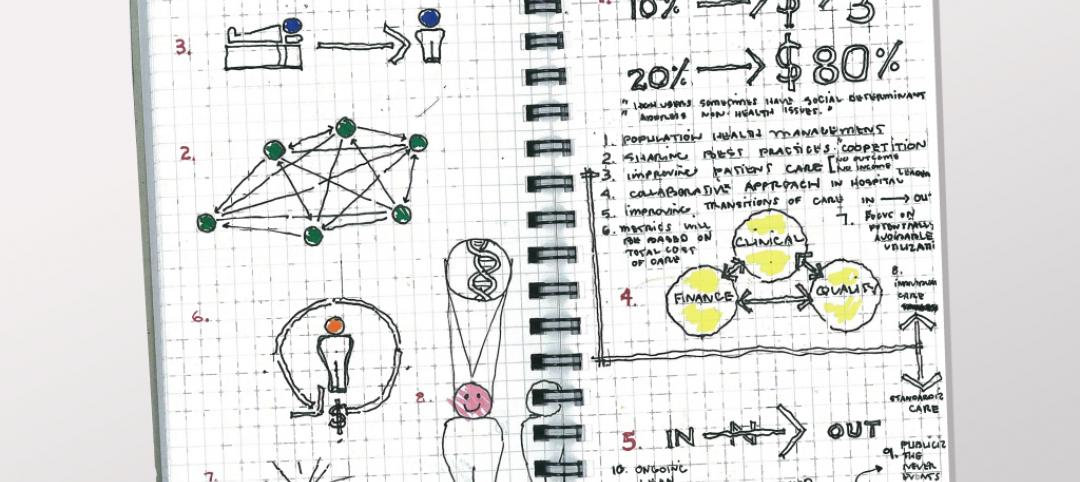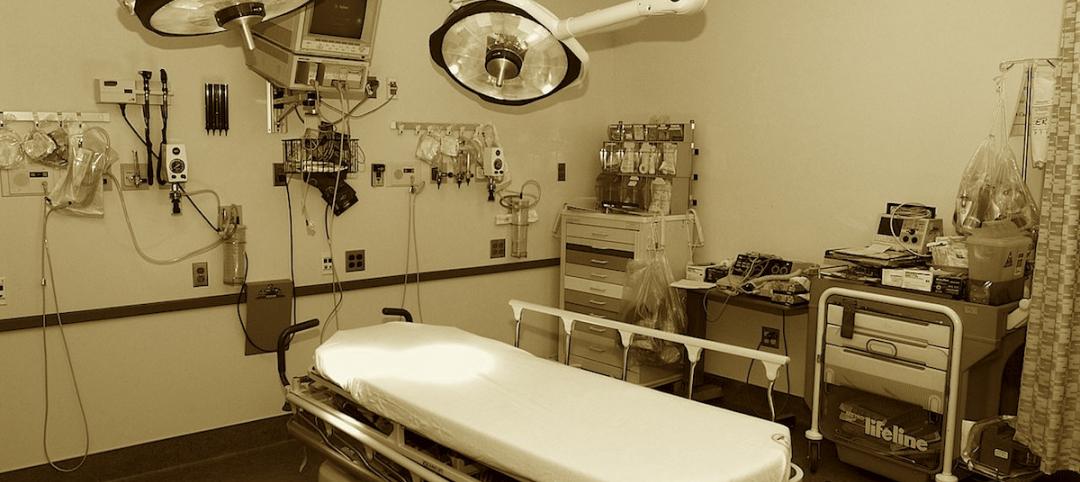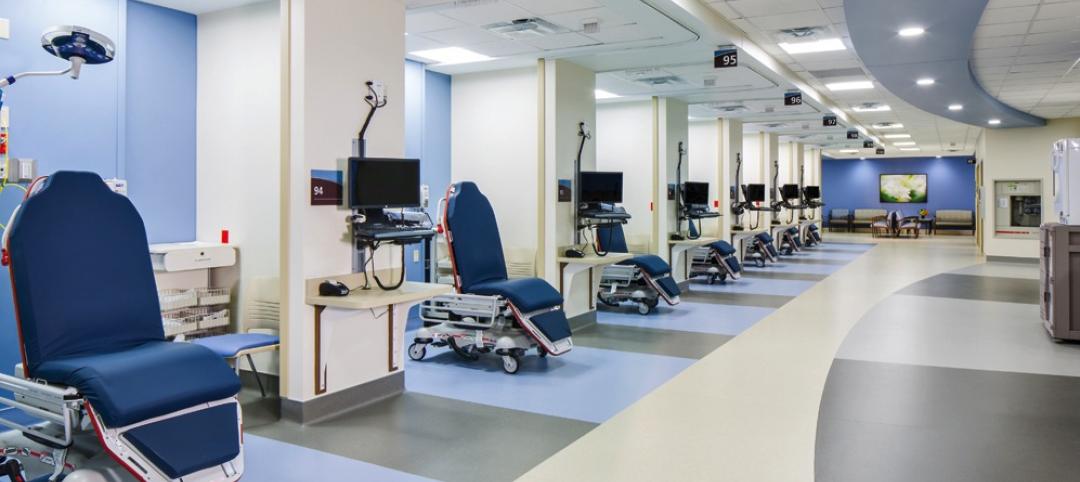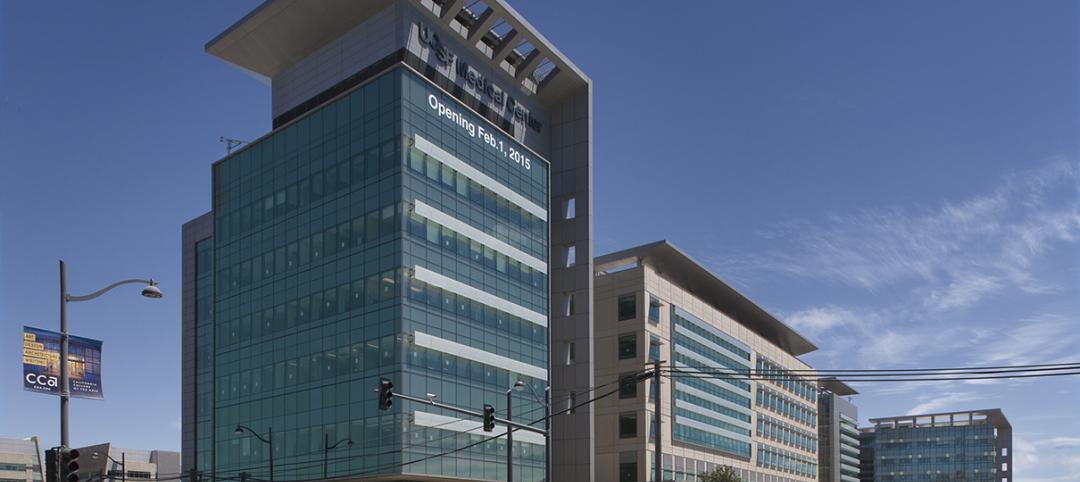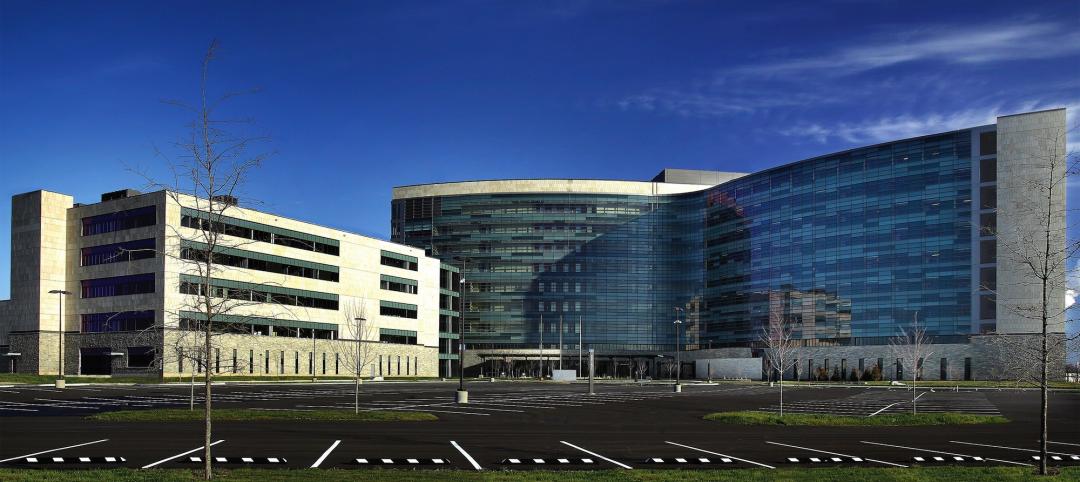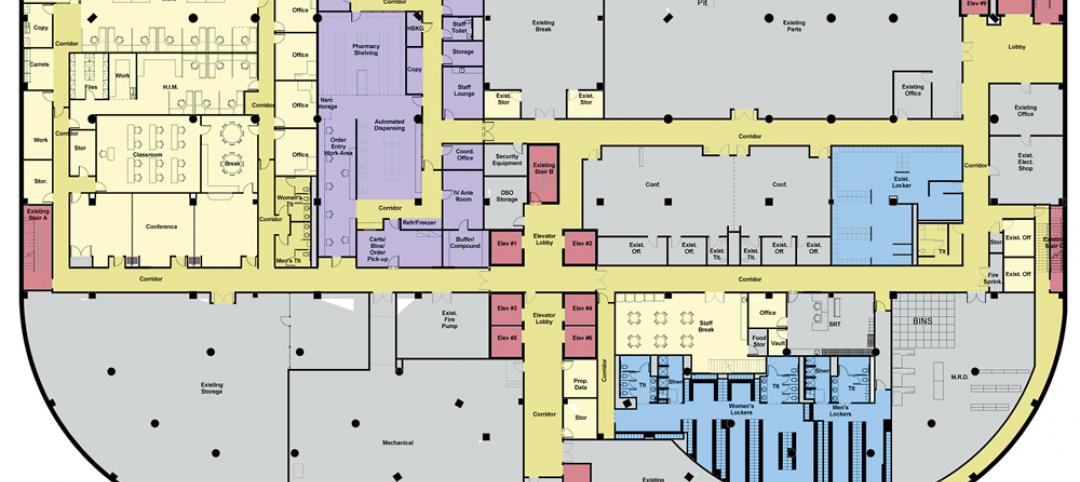This morning marks roughly 48 hours since my family and I emerged from our temporary home not knowing what we’d find in the wake of Hurricane Irma. After a circuitous route home, we pulled into our driveway with the same uncertainty. We’re among those fortunate enough to have minimal damage and are fully functional with power and water. Millions of our fellow Floridians were not as fortunate and are still waiting for power and water. Pictures from the Caribbean and the Florida Keys are heartbreaking to look at and I find myself pondering if I would have the strength to endure what thousands are presently enduring. My family is truly fortunate and grateful.
Planning for Disaster
As the storm approached Florida, two of our clients battened down the hatches in relatively new hospitals, designed specifically to withstand significant weather events like Hurricane Irma. During a situation like this there are three things I know to be true: Mother Nature can be quite unpredictable, no facility is infallible and no plan is foolproof. Despite this, patients and families in our clients’ facilities could take comfort in knowing these buildings were designed with severe weather in mind. The leadership of these organizations had a specific vision to commission the design and construction of these facilities to withstand these weather events and then backed that vision up with the funding to make it happen. A few significant design outcomes of this vision were:
- Generators that keep air conditioning functioning when the power goes out
- Glass designed to withstand significant impact from airborne debris
- Wells to bring water from the ground to replace city water
These are features we all hope are never needed but require significant investment and commitment from the organizations’ leadership. Are these additions truly worth the cost when there are so many other issues competing for capital dollars? If you ask this same question to the families, patients and staff who faced Irma in those buildings, you would get a resounding “yes.” This week, the vision those leaders had a decade ago, came to fruition.

Setting Priorities
Not all hospitals have, (or should have), the same vision that these organizations did, but a significant step in planning a major capital project is knowing what you want to get from your facilities and what you feel is most important. Owners have the ability to set the tone and direction, and they have the most impact on new projects at the beginning of the project life cycle. The ability to clearly communicate specific priorities to your team is among the most important tasks the owner’s leadership team will perform. In essence, if you don’t know what you want out of your new facility, then how will you know if you’ve achived it once completed?
Take the time to reflect and put in writing the vision for your new project. Know that each organization has its own needs and priorities; yours are specific to your patients, staff and community. Common features to consider include:
- Resiliency
- Family accommodations
- Flexibility of space
- Ease of expansion
Organizations should take time to consider the entire spectrum of possibilities and narrow down a list that will most benefit your organization. Keep in mind this work does not end when the vision is written down; it will resurface as cost estimates come in and roadblocks need to be worked through. Having a clear organizational vision that everyone is on board with will be extremely helpful as you overcome obstacles and challenges.
Conclusion
Devastating events like Hurricanes Irma and Harvey have a way of clarifying complicated issues - How do you protect and save life? Knowing what you want to get from your facilities is an invaluable step towards successful capital planning. Healthcare leaders and those engaged in new facility projects should take time to ensure the project vision is clear and at the forefront of each team member’s mind. Once project priorities are developed and clearly communicated,the better your chance of team member engagement ultimately leading to a successfully completed project.
Related Stories
Healthcare Facilities | Feb 26, 2015
Florida lifts 14-year ban on nursing home construction
Some $430 million of new space for senior care in Florida has been approved after the state ended a 14-year ban on nursing home construction.
Healthcare Facilities | Feb 17, 2015
10 healthcare trends worth sharing
The rise of the medical home model of care and ongoing Lean value stream improvement are among the top healthcare industry trends.
Healthcare Facilities | Feb 11, 2015
Primer: Using 'parallel estimating' to pinpoint costs on healthcare construction projects
As pressure increases to understand capital cost prior to the first spade touching dirt, more healthcare owners are turning to advanced estimating processes, like parallel estimating, to improve understanding of exposure, writes CBRE Healthcare's Andrew Sumner.
Cultural Facilities | Feb 5, 2015
5 developments selected as 'best in urban placemaking'
Falls Park on the Reedy in Greenville, S.C., and the Grand Rapids (Mich.) Downtown Market are among the finalists for the 2015 Rudy Bruner Award for Urban Excellence.
Healthcare Facilities | Feb 1, 2015
7 new factors shaping hospital emergency departments
A new generation of highly efficient emergency care facilities is upping the ante on patient care and convenience while helping to reposition hospital systems within their local markets.
Healthcare Facilities | Jan 30, 2015
Mega medical complex opens in San Francisco’s Mission Bay neighborhood
The new UCSF Medical Center is actually three hospitals in one.
Sponsored | | Jan 8, 2015
Healthcare facilities promoting wellness from the inside out
The healthcare industry is in the midst of a shift to a wellness model of care, and the built environment plays an important role in that. This is driving new design elements in healthcare facilities—from the inside out.
| Jan 2, 2015
Construction put in place enjoyed healthy gains in 2014
Construction consultant FMI foresees—with some caveats—continuing growth in the office, lodging, and manufacturing sectors. But funding uncertainties raise red flags in education and healthcare.
| Dec 30, 2014
The future of healthcare facilities: new products, changing delivery models, and strategic relationships
Healthcare continues to shift toward Madison Avenue and Silicon Valley as it revamps business practices to focus on consumerism and efficiency, writes CBRE Healthcare's Patrick Duke.
| Dec 29, 2014
HDR and Hill International to turn three floors of a jail into a modern, secure healthcare center [BD+C's 2014 Great Solutions Report]
By bringing healthcare services in house, Dallas County Jail will greatly minimize the security risk and added cost of transferring ill or injured prisoners to a nearby hospital. The project was named a 2014 Great Solution by the editors of Building Design+Construction.



